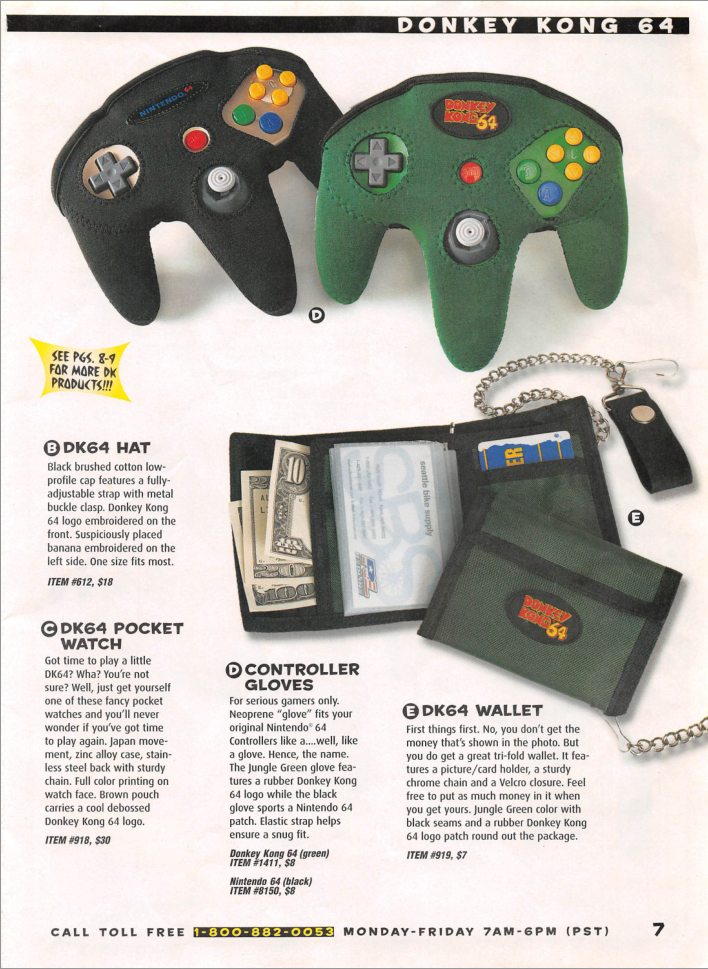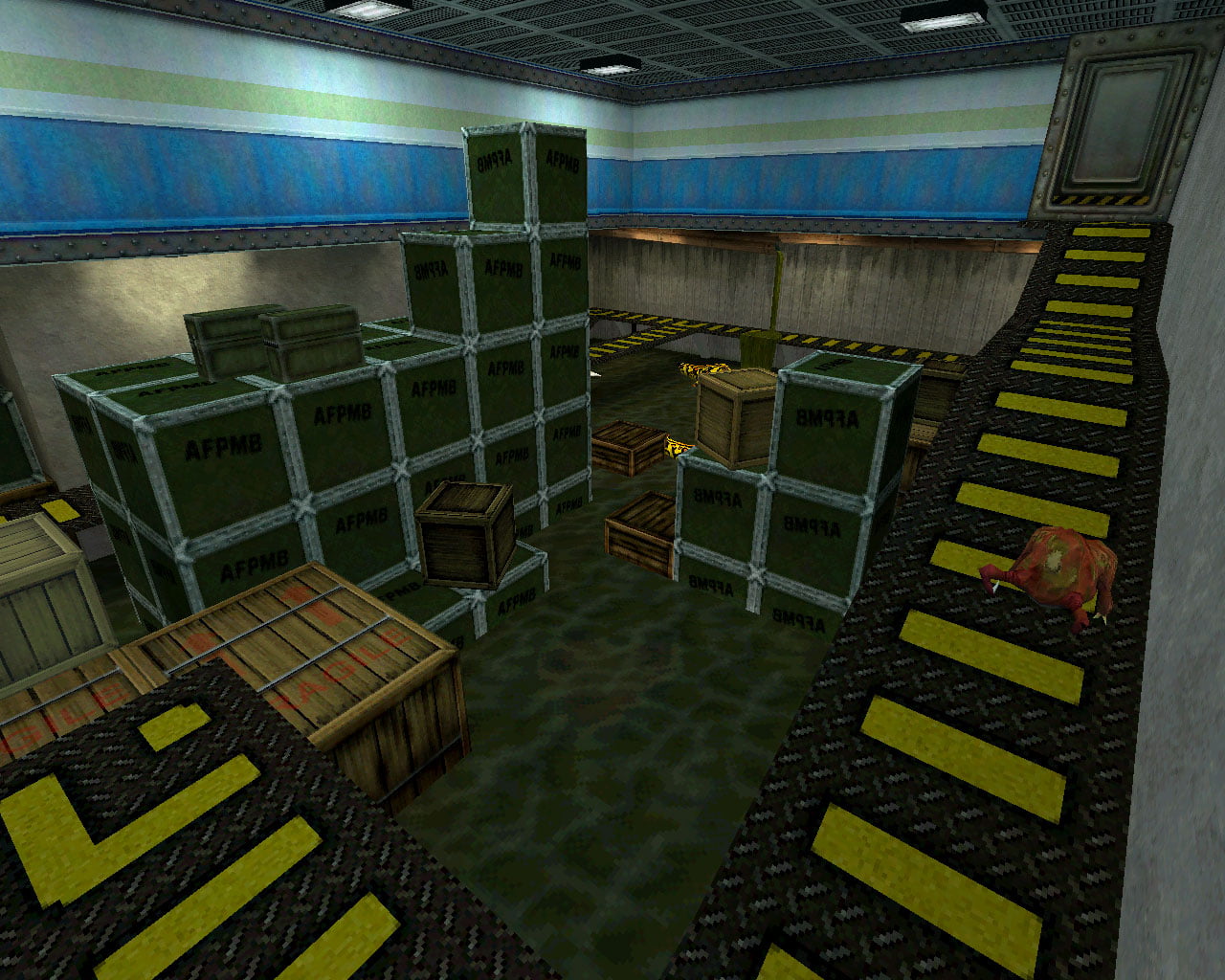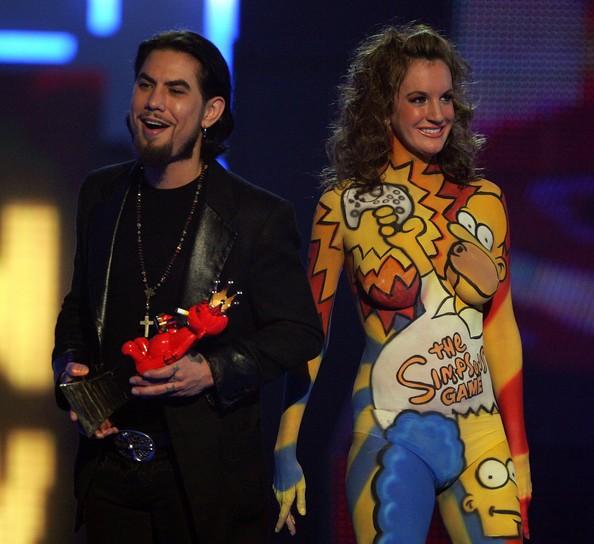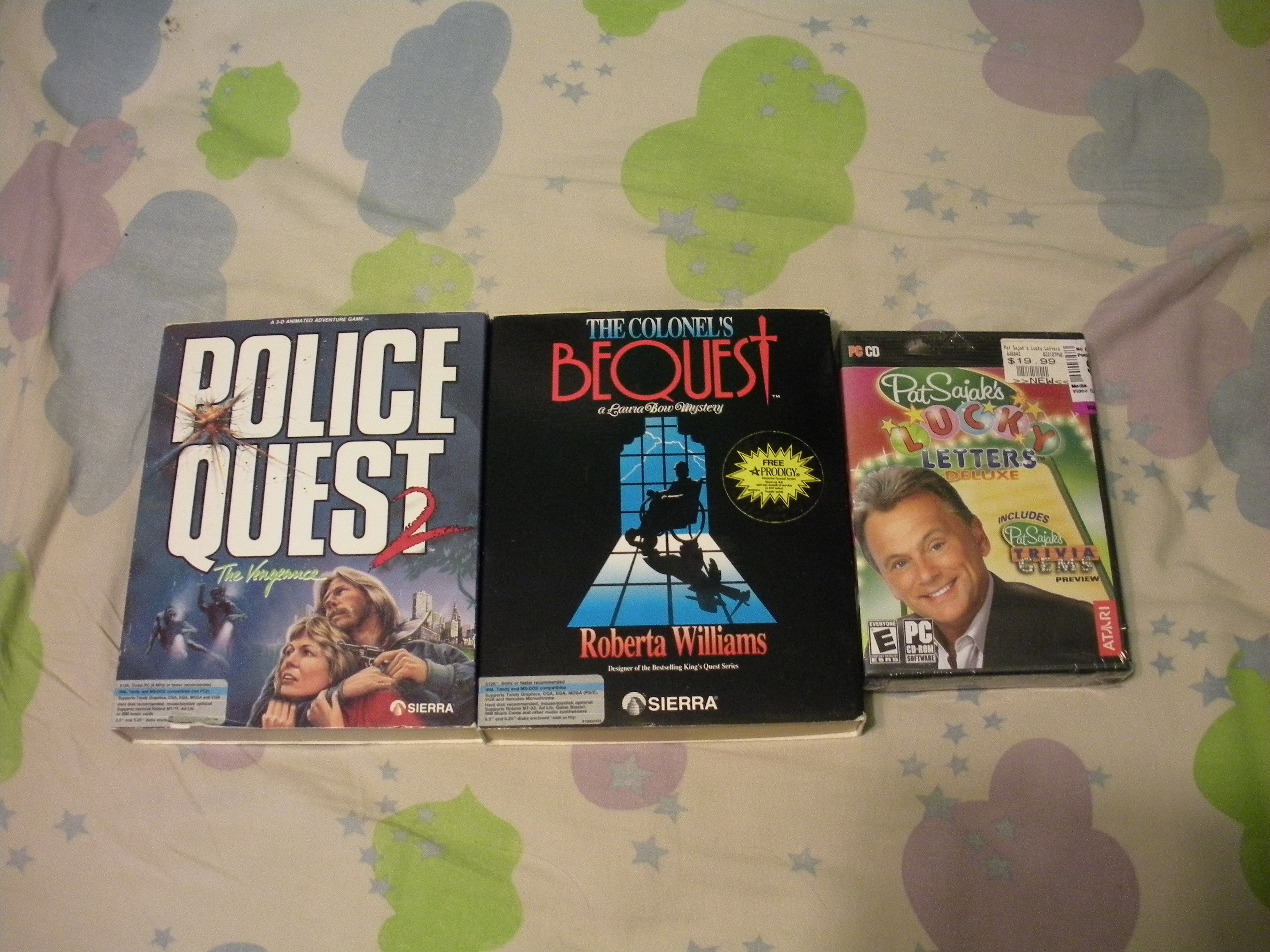I’ve been in a funk lately. I’ve had no drive to write any new entries or make new videos. Since I come from a packrat family, There’s bound to be something in my room that’s worth talking about.
While combing through my magazines, I had stumbled upon this catalog that had been buried among the stack, and I think it’s an interesting time capsule: Nintendo Power’s Super Power Supplies catalog. From 1999! Everybody loves old catalogs, right? Well, at least I do.

I honestly don’t know how I got this, but judging how it’s from Nintendo Power, I likely got it when I had a subscription to the magazine from 1998-2000. That was an interesting time: Pokemon was becoming a big thing, the Nintendo 64 was winding down, the Game Boy Color was a new and colorful way to play handheld games, and there were magazine covers dedicated to stuff like Tonic Trouble. This makes me realize we’ll never see anything cool like this again, now that Nintendo Power’s gone.
By this time in my gaming career, I was still a hardcore Nintendo nut, but my interest in the Big N started to fade, looking at the cool Sega Dreamcast, and later, the PlayStation 2. I still respect Nintendo, they make good stuff on occasion, even if my mom used the Wii more than I do. But enough waxing nostalgic about Nintendo, let’s crack open this catalog.

The catalog was released during the height of Pokemon fever. I played Pokemon Red in its heyday, but I later traded it with a classmate for The Legend of Zelda: Link’s Awakening, which was a better decision, especially after my friend borrowed my copy of Red and finished the game with my save, giving me less interest in playing it.
By the time this catalog was released, Pokemon Yellow: Special Pikachu Edition just hit the US, so Pikachu is featured prominently on a lot of the merchandise, such as the sweatshirt shown above. I like how it’s some of the well-known Pokemon like Charizard, Snorlax, Eevee, and Meowth in a group shot, but Pikachu’s in the corner, as if they’re saying “You don’t give a fuck about the rest of these guys, only Pikachu.” I was more into Charmander myself, but I guess with the popularity of the anime that they decided to capitalize on making Pikachu the face of Pokemon.

When I said there’s a lot of Pokemon stuff in the catalog, I wasn’t exaggerating. You could have such wonder Pokemon products like Pokemon hats! Pokemon watches! Pokemon card game holders! VHS tapes of the Pokemon anime! You could get freakin’ Pokemon DOG TAGS! I could understand T-shirts and hats, but dog tags? Really? I guess if you wanted to show off how much you love Blastoise, then I guess the dog tags would be cool.

The catalog does feature stuff besides Pokemon. One other hot ticket item in 1999 was Nintendo’s other big release that year: Donkey Kong 64. Featured are Donkey Kong 64 hats, T-shirts, wallets, plush toys, even Nintendo 64 controller gloves. If you wanna protect your controller from getting nasty germs or other things on them, I guess those would be an interesting purchase.
I’m surprised they didn’t sell actual gloves for your hands, considering Mario Party came out around this time and was causing issue with people’s hands due to people palming the analog stick on the more intense minigames. Pair them with the controller gloves for maximum protection.

As I dip further into the catalog, I find some more cool accessories that I would want even now: Protective plastic cases for loose Nintendo 64 carts, or carrying cases for your game systems. I always found those pretty cool, because you could stash your system in a bag and take it with you to Grandma’s house.
I wish I ordered the magazine holders, it probably would’ve been a tidier way to stack my game magazines. At least I finally bothered to get plastic magazine sleeves to preserve some of those older Nintendo Power issues.
Of course, if you’re buying the games, you might want the strategy guides too, right? I still have a bunch of these “Player’s Guides,” and they’re nice when you wanted some game hints before everybody had the internet at their fingertips. Fun fact: That Donkey Kong 64 Player’s Guide cover got changed to one featuring the ensemble cast. I should know, I own two of them.
Nintendo Power was also selling the game soundtracks if you wanted to listen to those kickass tunes in the car, which was still sort of a novelty back then. Though, that Diddy Kong Racing soundtrack disc looks pretty creepy. Plus it’s not round, how the heck would it play in a CD player without shattering in the drive? I will have to find that soundtrack some day so I can find out how that magic works, as I usually don’t see very many non-round CDs.
This is an interesting little item for me to stumble upon. These are great time capsules, as they give me an outlook on some of the silly swag that Nintendo was selling even during that period where Sony was gaining dominance in the video game landscape.
Alas, I don’t have any more of these “Super Power Supplies” catalogs, so this will be it for now. However, I do have some old Nintendo and Sony catalogs, including a Nintendo DS catalog from 2005 which has a few unique things about it. I wonder if anyone has talked about those…
(Thanks to user fauwf of The Internet Archive for a clearer scan of these pages, which I used when updating this article.)


























